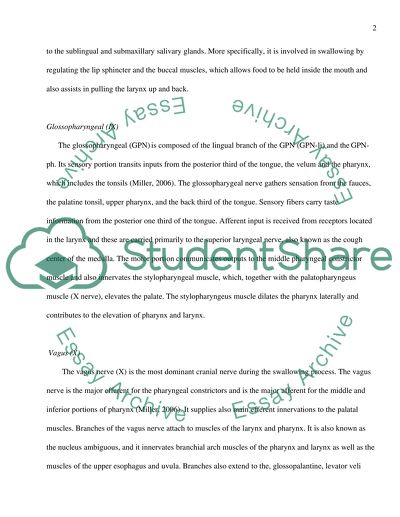Cite this document
(“Swallowing Essay Example | Topics and Well Written Essays - 1500 words”, n.d.)
Swallowing Essay Example | Topics and Well Written Essays - 1500 words. Retrieved from https://studentshare.org/science/1512394-swallowing
Swallowing Essay Example | Topics and Well Written Essays - 1500 words. Retrieved from https://studentshare.org/science/1512394-swallowing
(Swallowing Essay Example | Topics and Well Written Essays - 1500 Words)
Swallowing Essay Example | Topics and Well Written Essays - 1500 Words. https://studentshare.org/science/1512394-swallowing.
Swallowing Essay Example | Topics and Well Written Essays - 1500 Words. https://studentshare.org/science/1512394-swallowing.
“Swallowing Essay Example | Topics and Well Written Essays - 1500 Words”, n.d. https://studentshare.org/science/1512394-swallowing.


